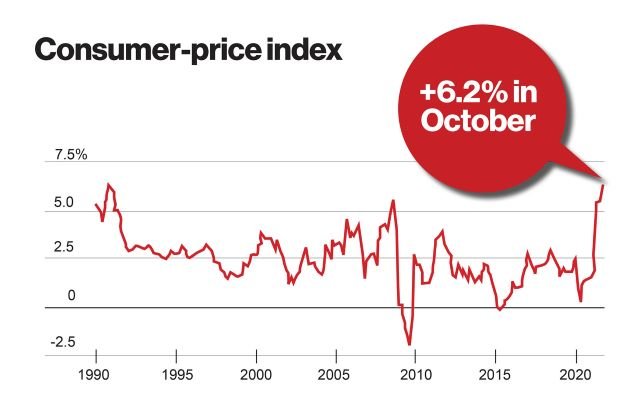Of all the complications of starting your own business, understanding your tax liability can be one of the most difficult. Luckily, with a little help, the 1040 can be a cakewalk. For a small business owner, the two most significant sections of the 1040 are Schedule C and Schedule E. But many people struggle to find how to differentiate between the two.
Schedule C of the 1040 form is for noting income earned by an individual from a business where they are the sole proprietor. The income you make directly from providing goods or services is applicable to Schedule C, and subject to self-employment tax in addition to standard income tax. This is the greatest drawback of sole proprietorships: self-employment tax can increase your tax payments by as much as 15%. This means that, as the sole proprietor of your personal business, you could be paying around 40% of your income in taxes.
Schedule E of the 1040 Form is for reporting passive income. Passive income is earnings received that don’t require working for. According to the IRS, passive income can be acquired through: rental income, profits from a business that one doesn’t actively work for, such as stock dividends or book royalties, real estate, trusts, limited partnerships, and most importantly, S corporation earnings. An S corporation is a corporation that chooses to pass income, losses, deductions, and credits through shareholders in order to avoid certain taxes, like the self-employment tax placed on Schedule C income. As an S corporation, the proprietor is now obligated to pay salary to any employees or shareholders, but only the amount paid in salary and wages is taxable through the business. The rest of the earnings are only affected by the proprietor’s standard annual income tax. The S Corporation effectively acts like a flow-through entity, passing all income from the business as the shareholder’s (or owner’s) personal income. This can lead to thousands of dollars in your pocket that would have otherwise been paid to the IRS as part of the self-employment tax.


